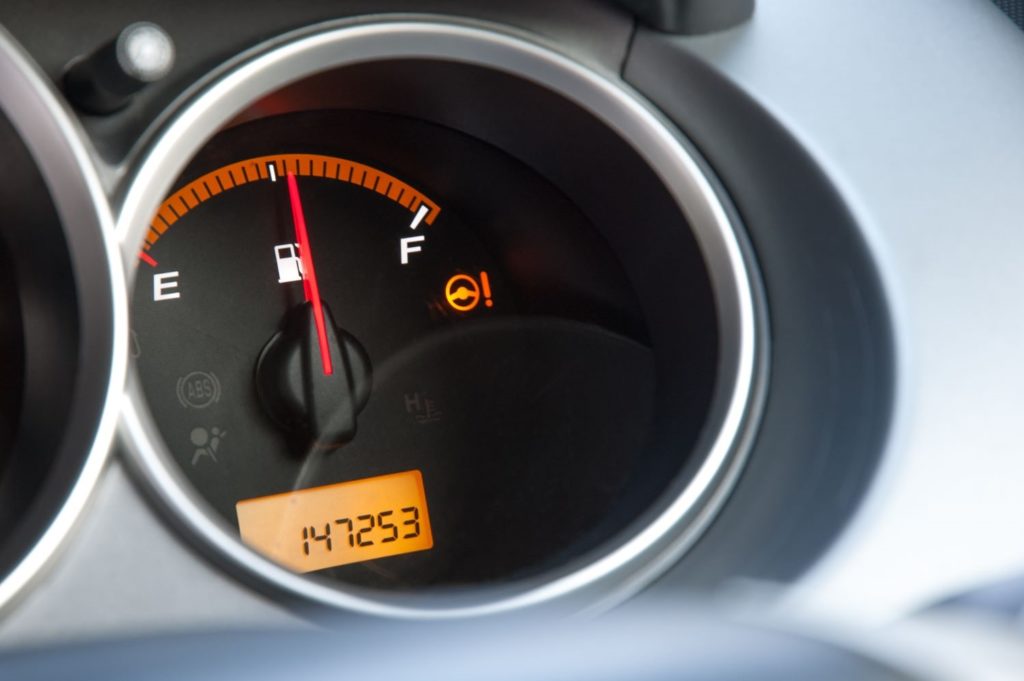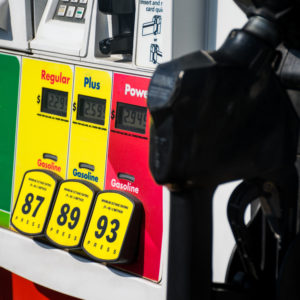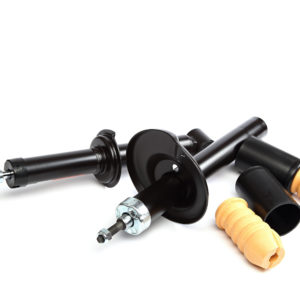Did you know that making small changes to your driving habits could help you save money on gas? That’s right. You don’t need to rely on your vehicle’s fuel-saving features to get better mileage when good old-fashioned hypermiling will suffice. But what is hypermiling and how does it work? Let’s find out in this article.
What Is Hypermiling?
The term “hypermiling” was coined in the early 2000s to describe a set of driving techniques that maximize a vehicle’s efficiency. Those who practice these techniques are called hypermilers because they’re constantly looking for ways to increase their mileage.
Hypermiling is all about saving fuel. If you can reach your destination by walking or riding a bike, then don’t drive. That’s the number one rule of hypermiling. If you must drive, plan a direct route to your destination with the least amount of braking and accelerating. You should focus on coasting or maintaining momentum to keep your vehicle in optimal fuel efficiency range. That means no driving during rush hour traffic.
Hypermiling has a subculture of drivers who enjoy its competitive aspect. You’ll find plenty of hypermilers posting their results online for everyone to see. The hypermiling community has come up with a few terms to describe specific techniques and situations. Here are some of them.

Potential Parking
Potential parking is a technique where you park your car at the highest point of a parking lot or street so you can use gravity to roll away and minimize braking.

Ridge-riding
The white strip on the right side of the highway offers less friction than the middle of the lane. You can drive on these white lines for less resistance and greater efficiency.
Wolfpack
Wolfpack is a term used to describe groups of cars going too fast and preventing hypermilers from driving efficiently. Wolfpacks must be avoided at all costs.
Does Hypermiling Save Gas and Improve Mileage?
Yes. The amount of gas you save depends on how well you hypermile. Experienced hypermilers are able to surpass their vehicle’s official Environmental Protection Agency (EPA) rating with the help of monitor devices. Some hypermilers save over fifty dollars every month. With enough practice, you can also save money on fuel and make your vehicle more efficient.
How to Hypermile
There are many things to remember when you hypermile. Your vehicle consumes more gas when you constantly brake and accelerate, so you need to coast or maintain momentum as much as possible. Follow these techniques to get started on your hypermiling journey.
Keep a Light Foot on the Pedal
Accelerate smoothly up to coasting speed while anticipating red lights, roundabouts, slowdowns, and sharp turns to avoid constant braking. Maintain a safe distance from the vehicle in front of you so you don’t have to brake or apply as much throttle. More experienced hypermilers do the pulse and glide technique, which involves accelerating up to speed and then releasing the pedal to glide or coast. A heavy foot on the gas pedal not only depletes your gas tank much faster, it also increases the risk of accidents.
Avoid Excessive Idling
A mile’s worth of gas can be consumed in just two minutes of idling. If you have to leave your vehicle parked somewhere for more than 30 seconds, turn the engine off. Modern vehicles don’t require a lot of fuel when they’re restarted, so you don’t have to worry about losing a lot of fuel.
Maintain Adequate Tire Pressure
It’s important to check your vehicle’s tire pressure at least once a month to make sure your tires are inflated to the manufacturer’s recommendations. Underinflated tires can lower fuel efficiency by up to three percent.

Lessen Air Conditioner Use
Using the air conditioner at full capacity can reduce fuel economy by 5 to 25 percent. Leaving your windows open at highway speeds can reduce your fuel efficiency due to aerodynamic drag. The solution? Shut off your air conditioner and roll down your windows when you’re driving in the city, and do the opposite when you’re driving at highway speeds.
Remove Extra Weight From the Trunk
A loaded trunk can increase your vehicle’s fuel consumption and emissions. The EPA estimates that removing 100 pounds from your trunk can increase your mileage by 1 percent relative to your vehicle’s weight. This technique tends to work better with smaller vehicles than with larger ones.
Is Hypermiling Legal?
The hypermiling techniques we’ve listed above are mostly fine under normal driving conditions. However, some motoring authorities have criticized hypermiling, claiming that some of its techniques are dangerous. The Connecticut State Police has issued a warning to the public about extreme forms of hypermiling, which include rolling through stop signs to avoid braking, coasting in neutral, and turning off the engine when it isn’t in use. Drafting is another technique that hypermilers like to use to boost their fuel economy. It involves tailgating big rigs in order to cut down wind resistance and pull the trailing vehicle forward. If you’re planning to hypermile your vehicle, stick to safe techniques and check your state’s laws to avoid getting pulled over.
Any information provided on this Website is for informational purposes only and is not intended to replace consultation with a professional mechanic. The accuracy and timeliness of the information may change from the time of publication.















